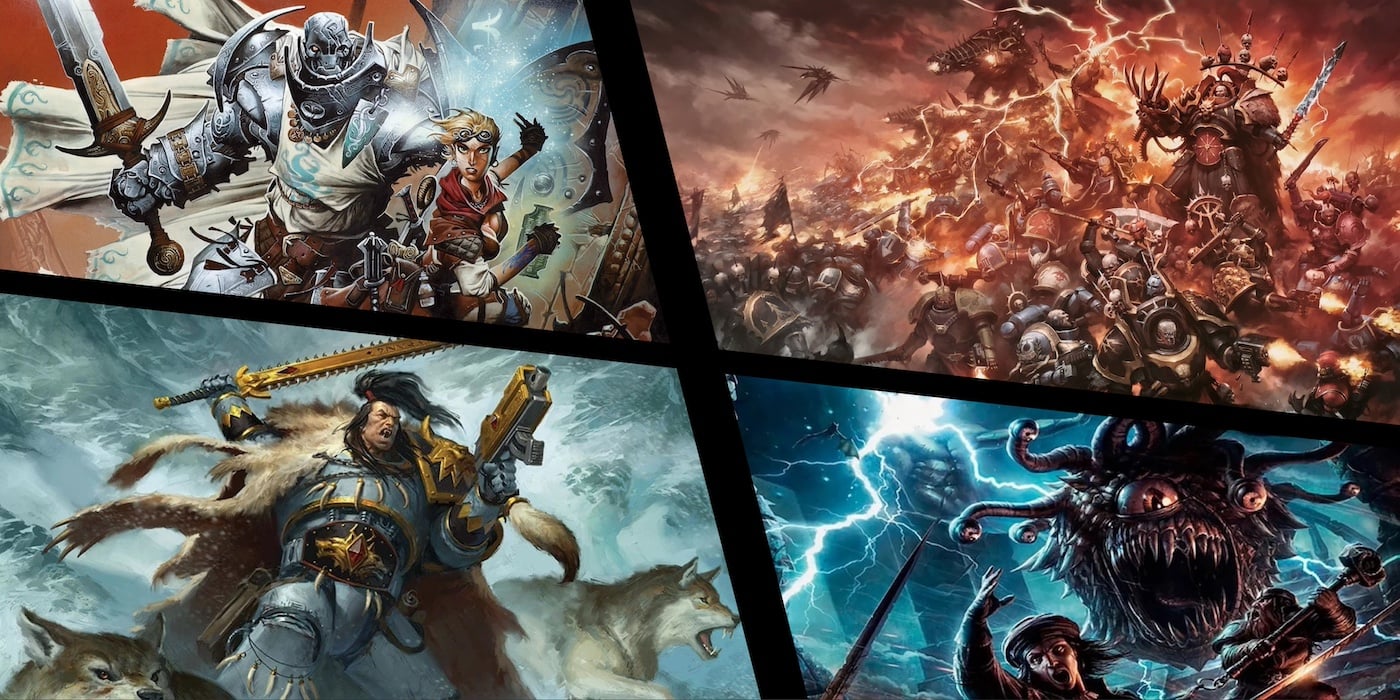D&D Beginner’s Guide: Dungeon Building Basics
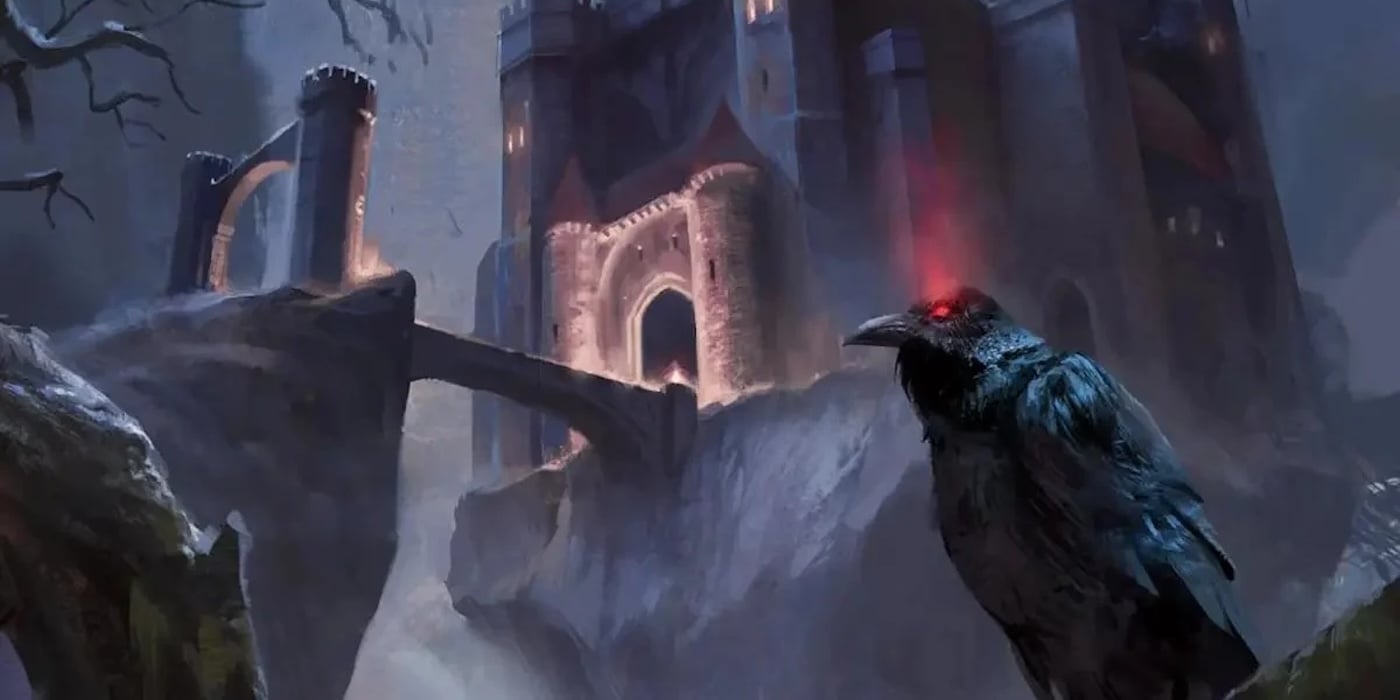
A dungeon without some monsters and loot is not a dungeon! Here are some basic dungeon-building tips for your party’s next adventure.
Making dungeons in D&D can seem easy, especially from an outsider’s perspective. What’s hard about making a few rooms with deadly traps and monsters? Just throw in a few skeletons, a big boss at the end, an assortment of loot, and you’re done!
An often overlooked aspect of what makes D&D’s gameplay so invigorating, though, is its dungeons. Making a good dungeon in D&D is like making a good cake. It appears to be a simple combination of ingredients that someone throws into an oven to make a delicious treat. However, adding too much of any one ingredient will result in the “cake” either being too squishy and soft or filled with the blood and guts of the party.

That is to say, if the DM doesn’t build their dungeon correctly, it could result in the crawl turning into either a cakewalk or a total TPK for their players.
But to all the shaking-in-their-boots DMs out there, don’t worry. When boiled down to the basics, building a dungeon can be a fun and easy venture that both the players and the DM can enjoy together.
Every Tool Shed Needs a Purpose
While it seems like a redundant statement, this is something many DM’s overlook when designing a dungeon crawl. If the players are going to travel through a series of chambers, what purpose do the rooms serve?
This applies to any structure the players choose to investigate.
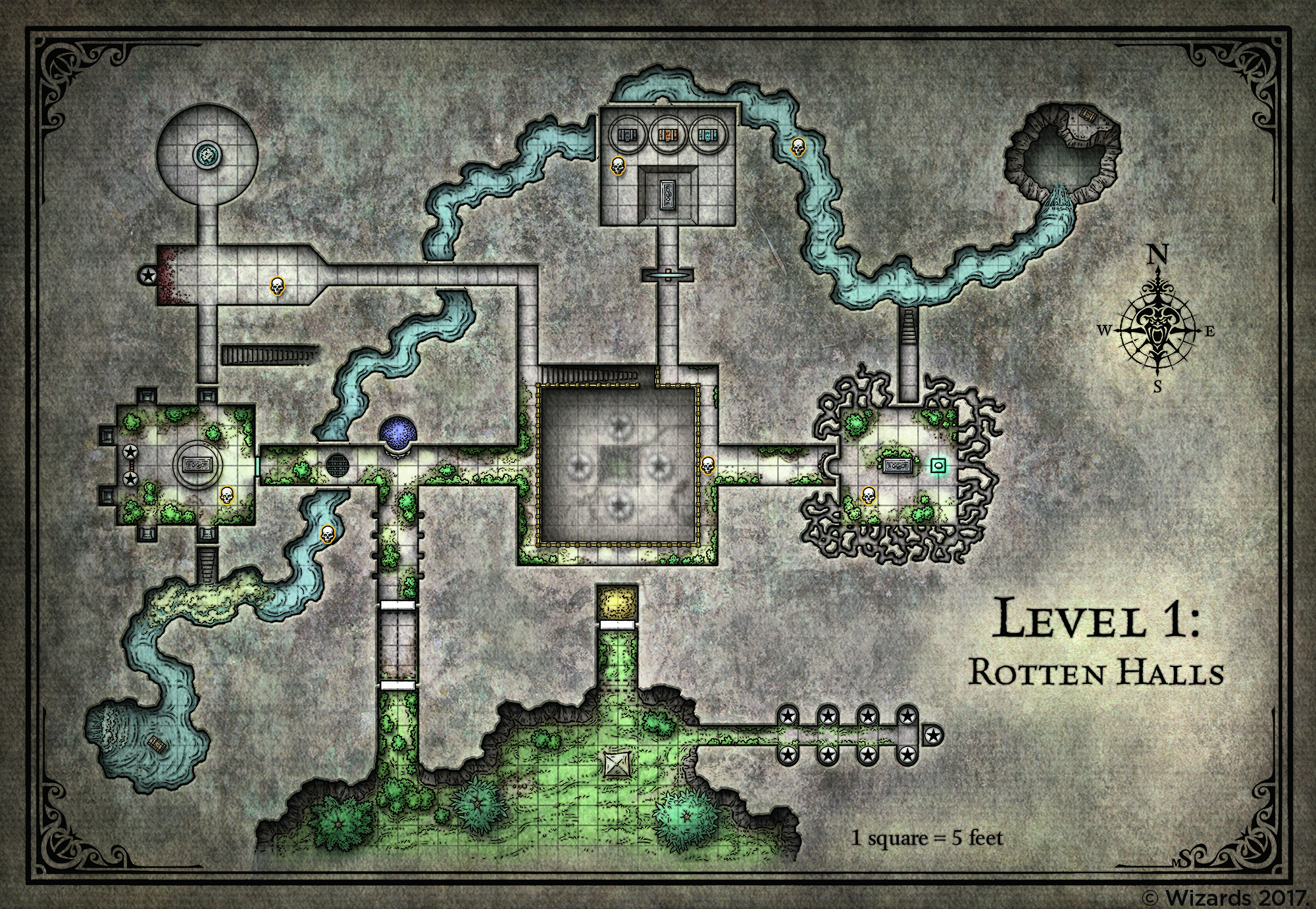
A spiral tower filled with an uncountable number of floors? It’s the arcane spire that the great wizard lives in!
A catacombs/tomb buried within a mountain wall, filled with undead creatures and traps? It could be where the nearby lich-king stores their phylactery and all the treasures they’ve collected in their undeath!
A deep, dark, dank sewer system filled with smelly piles of indiscernible mass and rats running amuck? That is CLEARLY the domain of RAT-MAN, PALADIN OF THE FILTH! And the players are intruding on his domain! Prepare them for imminent death!
Even if it’s just a few interconnected combat sessions in a single tavern building, a dungeon has to have its purpose. With a purpose in mind, filling the rooms with details relating to the dungeon’s usage is much easier.
If it is the crypt of a necromancer, fill the intertwining and variously sized rooms with combat encounters against the undead and traps that revolve around sapping the player’s max HP away.
If it is the spire of a powerful wizard, make the players ascend the floors one by one, fighting objects brought to life through magic like in Disney’s The Sorcerer’s Apprentice, except through the eyes of Tim Burton.
When a dungeon is built just to be built, it can seem non-diegetic to the players and may be perceived as lifeless filler content. Creating a purpose and theming beforehand helps with map and puzzle design later on.
And the Encounters Don’t Stop Coming, and they Don’t Stop Coming, and they Don’t Stop Coming-
One of the main highlights of creating a dungeon is filling it with creatures that inhabit it. Yet, for a rookie, making a dungeon can often be vexing because balancing back-to-back encounters is challenging.
After all, no DM makes an entire dungeon to watch their party die in “Skeleton Room 2/5.”
The best advice when making a dungeon with repeated encounters is to make some encounters avoidable entirely. This makes the dungeon feel packed with life and encourages players to be creative in how they choose to approach things.
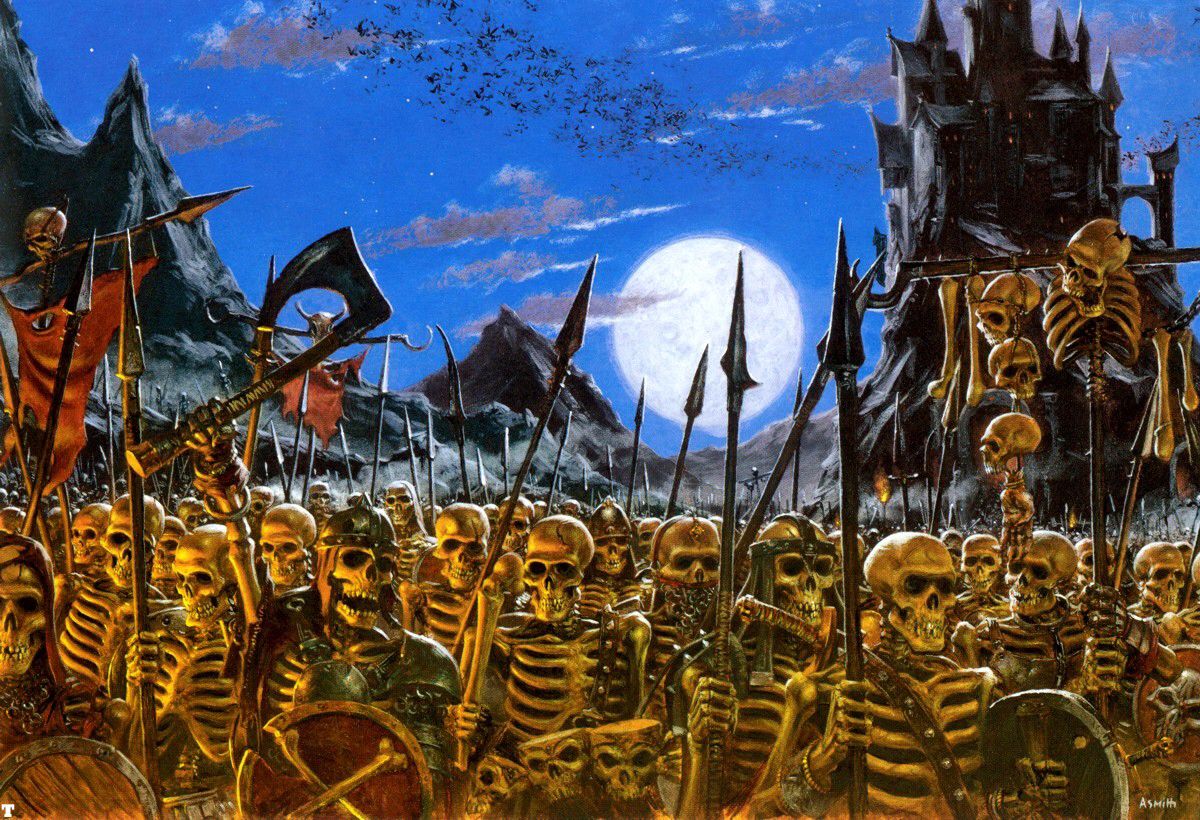
However, if the party is bloodthirsty or new to D&D, these creative approaches may not be apparent or available to them just yet. In such cases, the DM’s best creative option is to “scale the difficulty.”
The players’ first few combat encounters should consist of basic cannon fodder. Possibly some low-challenge rating monsters with complex mechanics that keep the PCs on their toes (I recommend using the Boggles from Volo’s Guide to Monsters). Yet, as the PCs go deeper into the dungeon, the DM should start to sprinkle more difficult enemies into each encounter until it is time for the big final fight at the end.
This makes every encounter new and engaging while forcing players to question their resource management. Each fight leaves them with less HP and resources, which makes them wonder if they’ll have enough juice for the final battle.
All that Glitters is Gold
Now, every dungeon often comes with the expectation that the players will be awarded a handsome amount of loot once they conquer it. As a DM myself, I can say confidently that a DM who doesn’t reward their players after torturing them for sessions on end is a sadistic MOFO.
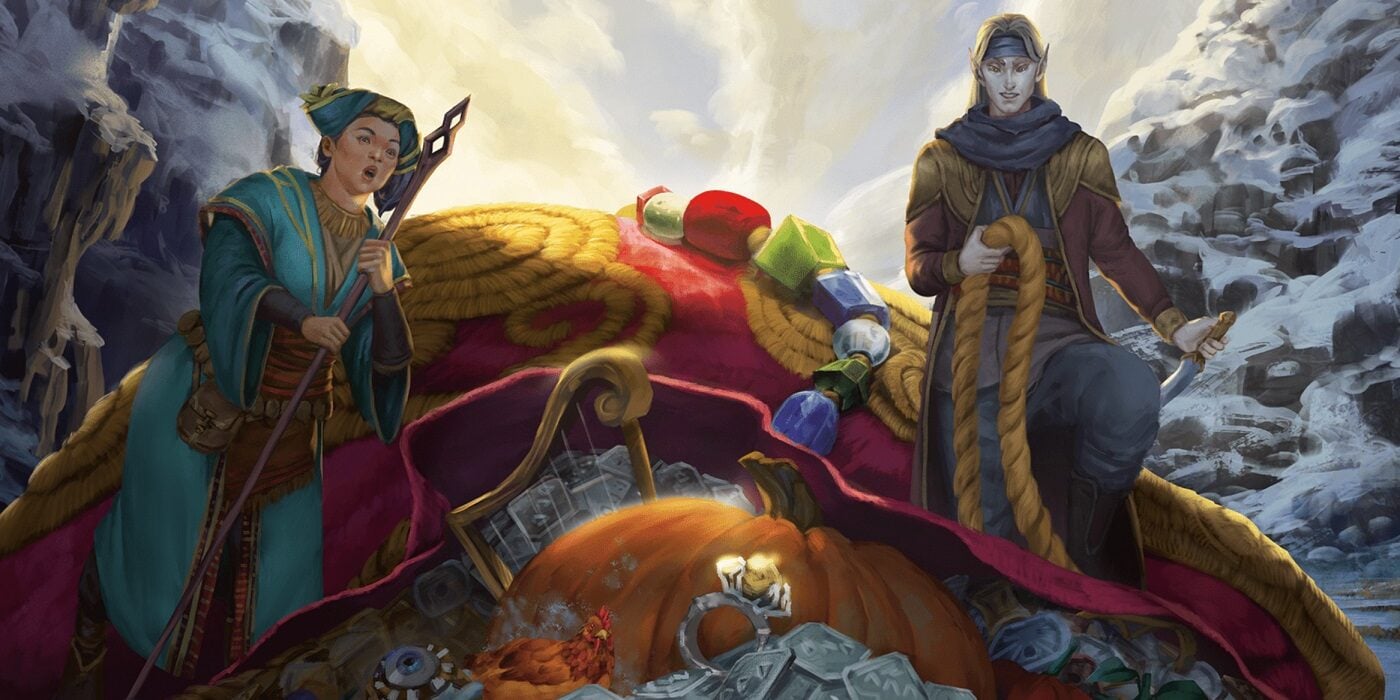
When it comes to loot, it is recommended that DMs reward their players with loot equivalent to either their average level or the overall CR of the dungeon. For parties of level 5 and lower, I usually say a few rare and uncommon magic items are a pretty good reward, with around 150-300 gold per player. For level 10 and lower parties, DMs can start throwing some epic-grade items into the loot pool, maybe even a legendary, with around 500-750 gold per player.
After level 10, though, there aren’t any recommendations I could give personally for loot balancing. Once players reach level 10, their classes usually have a good variety of abilities and magic items and have collected a decent amount of gold to their name.
Have fun with the loot, though! Magic items allow players to play their characters in entirely new and unique ways. Players love playing with new toys and seeing how they intermingle with their classes. Has the Fighter always been hoping for a magic item that gives them an additional second wind usage (especially with its recent 5.5e updates)? Maybe the DM could throw a homebrew magic item into the loot table for them! As a treat, of course.
Only Shooting Stars Break the Mold
I can’t say this loud enough, especially for the readers in the back.
Listen closely: not everyone gets dungeon building right the first time around. It’s one of the hardest things a DM can undertake. This is especially true in a homebrew setting, where they are 100% responsible for everything that goes into a dungeon.
But, DMs, trust me when I say this—it’s okay to make changes mid-session. If something planned is too challenging for the party, no one should feel ashamed to weaken it. DMing without much experience makes it hard to gauge what a party can handle.
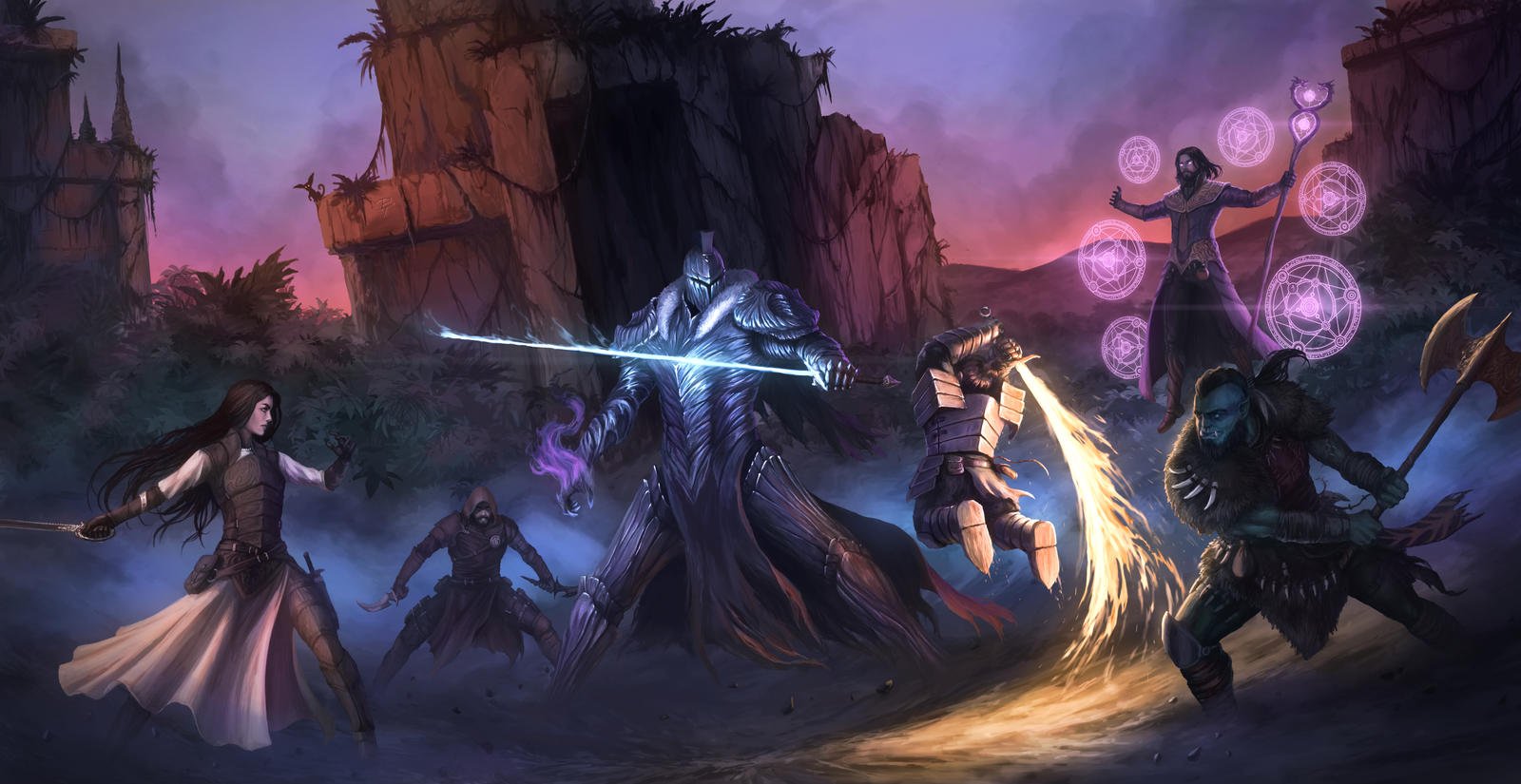
Every party is different and has unique strengths and weaknesses depending on various factors. These can range from objective elements like class structure to more subjective things like character backstory and personality.
No DM can predict what their players will do in any given scenario. But that is what makes D&D/TTRPGs so fun in the first place. The freedom players are given to do whatever they want, whenever they want.
So, if a player ends up beating the dungeon boss single-handedly or the party TPKs in the first encounter– shit happens. The DM is responsible for learning what they want from that experience and growing from it. Everyone wins at the end of the day so long as good memories are being made.
Now, get out there, DMs. Make some kick-ass dungeons. And sadistically torture players with kindergarten puzzles that take hours to solve.


